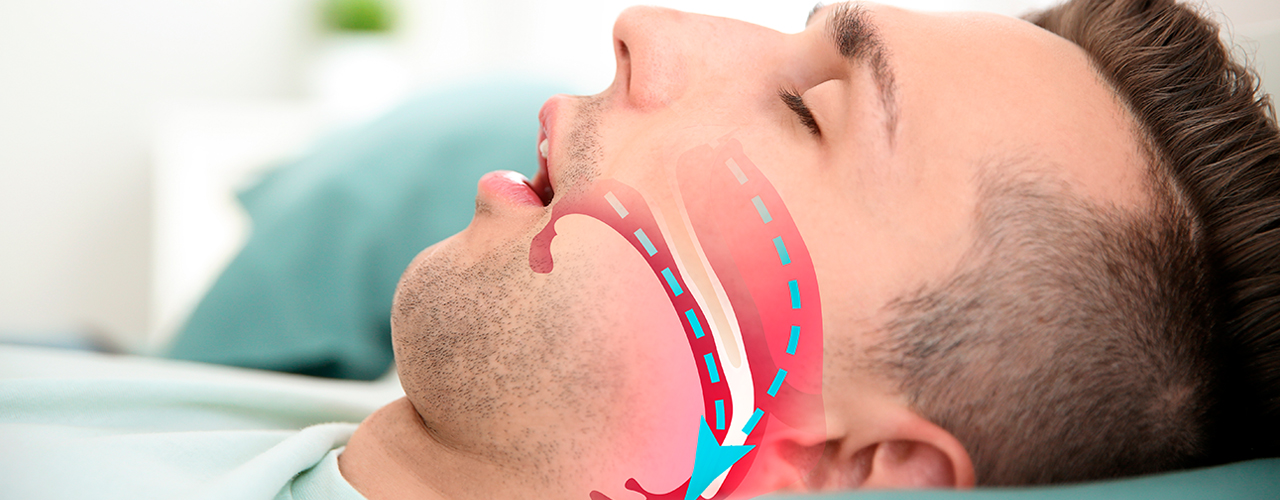You already know that sleep apnea is a potentially serious sleep disorder in which people pause breathing for a few seconds several times per night. Do you also know that there are three main types of sleep apnea?
Continue reading, we are explaining each one of them!
- Obstructive Sleep Apnea (OSA): the most common type of sleep apnea. It is characterized by upper airways obstruction during sleep, usually accompanied by loud and frequent snoring and a drop in blood oxygen saturation, followed by a transient arousal from sleep to breathe. When this happens, patients’ snore can be even louder or accompanied by choking noises produced when trying to breathe. The main cause of this type of sleep apnea is upper respiratory tract obstruction. Conditions such as obesity, swollen tonsils, neck circumference, and craniofacial disturbances can cause this disorder to develop.
- Central sleep apnea (CSA): This type of apnea occurs due to a fault in the communication between brain and airways. In this case, breathing muscles do not receive the signal telling them to start working, so they remain static. What happens then is not a pause in breathing. It is rather the airways that do not try to breathe, because they are not getting the command to do so. This is usually due to neurological diseases, such as Alzheimer’s, Parkinson’s, and amyotrophic lateral sclerosis, or to brain damage caused by encephalitis, cerebrovascular accidents, lesions, etc. This type of sleep apnea can also be connect with cardiovascular problems, hypothyroidism, kidney failure, or a number of medications.
- Mixed sleep apnea: This is the third type, a combination of central and obstructive factors in the same sleep apnea episode. This is the least common type of sleep apnea.
It is straightforward and necessary to diagnose obstructive sleep apnea. The Biologix Sleep Test is a (type IV) polysomnography that can be performed at home using only a cell phone and a compact, cordless sensor. Therefore, it is conducted without upsetting patients’ sleep routine. Before going to sleep for the night, just place the sensor on your finger and start the test on the Biologix App. Upon waking up, click on “end test” to get the result immediately.
To be diagnosed with sleep apnea, patients should see a sleep specialist who will request a sleep test. This is how they will get the most adequate treatment.
DISCLAIMER: The information contained in this blog aims at assisting you in your education and is not intended to be construed in any manner as medical advice. Only physicians and dentists can diagnose diseases and prescribe treatments and medication. Thank you for visiting our website..




